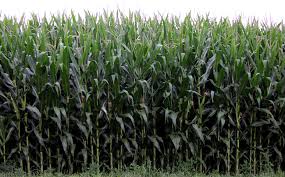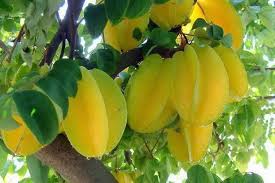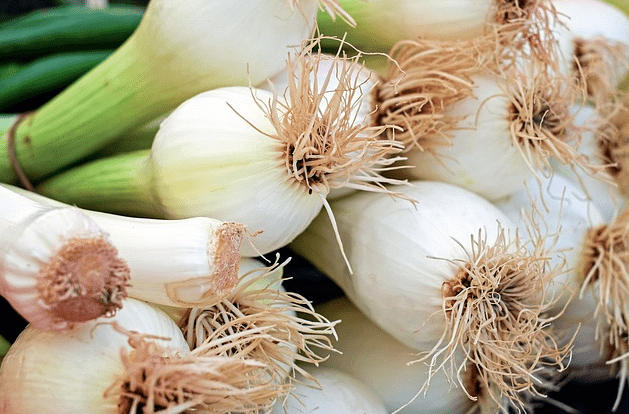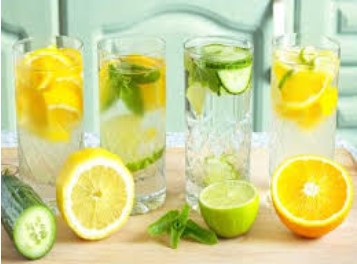We have a way to send goodies to our soldiers. You may send us packeges with the drivers and we will get them there.
CORN
Corn is the largest of all the grains and is also the most widely grown crop in the world! Corn is grown even more than wheat and rice, but today, most corn is genetically modified (heaven forbid…).
Corn is an American crop, originating from southern Mexico. The Inca tribe called corn "life sustainer" and the Maya treated it as a deity. The Native American tribes had many different languages, but in all of them the meaning of the name of corn was "life".
Corn was present in most of their meals. It was roasted, dried and ground, baked, fermented and drunk and cooked. Also they used all of its parts! Weaved baskets, moccasins and mats were made from the leaves and silks, the cobs were carved and used for tools. There are very good smoking pipes made from cobs.
A doll of the goddess of corn, made of corn peels
Even today we take good advantage of the corn (and I'm not talking about the fact that it is present in almost every processed product in the supermarket!). Food producers use it to make flour, alcohol, oil, sugar, and even plastic – the disposable containers that we use, that decompose in our compost!
Corn was first cultivated 7 – 10,000 years ago, but the wild corn they found in nature looks like this:
Note the size of each seed and the number of seeds on each cob – this is the "teosinte", wild corn.
Todays corn was generated by artificial selection by farmers. Artificial selection is different from natural selection in that man deliberately effects plant characteristics which are then carried forward by succeeding generations. It is a natural way for humans to create certain features in a crop. It is done by selecting individuals with desirable characteristics, or without the undesirable characteristics, and crossbreeding them. For example, with corn, choosing a plant with particularly large cobs and crossbreeding it with another plant that had large seeds produced a plant with both. So slowly, over generations, we created a corn plant with larger cobs and larger seeds.
Of course, there are also many more features of interest to those of us who eat and grow corn – the taste, disease resistance, growth characteristics, resistance to different conditions, climate, etc. J
One of the first features that was "worked" is retaining the corn seed on the cob. In the wild, all plants want to spread their seeds widely in order to lay a broad potential for the next generation (as parents, we also want that for our children, right?) The tausint seeds used to disconnect from the cob and scatter. We want the seeds to remain attached to the cob for ease of harvest and use. Corn seeds of today are incapable of such detachment.
Corn moved northwards in the continent of America by trade and exchanges and took a place of honor with every indigenous group. Many of them held a celebration early in the harvest usually called the Green Corn Festival and sang to the corn songs such as "for you, who sustains us."
The corn Gods were a symbol of abundance and fertility. Corn ceremonies were counted as beginnings, a kind of spring in which they renewed clothing and names and cleansed the body and soul.

With the discovery of America, corn was brought to Europe with Columbus. Within a few years it was distributed to Africa, the Middle East, Japan and the rest of the world. Everywhere it was welcomed quickly and took a respected place in all types of kitchens, regardless of religion, culture or race.
(I wish that there was such acceptance and lack of discrimination for human beings also! That would be the best of both worlds.)
Corn, unlike other grains, is eaten fresh as a vegetable.
The corn is eaten completely as a whole grain. It is rich with nutritional fiber, magnesium, iron and B vitamins. It has vitamin A and C, potassium and folic acids. Compared to other grains it contains less calories and carbohydrates and more vitamins, minerals and folic acid. Relatively to vegetables it contains an abundance of energy like a grain. There is also use for the peels in our recipes archive.
Corn gets its yellow color from a pigment called lutein, which is an anti-oxidant important for eye health and to prevent cataracts.
Corn is eaten fresh or after a very short cooking so the vitamin and mineral content is high, which is typical for fresh vegetables but not for dry grains.
If you have not eaten corn immediately after picking, fresh on the cob, you are missing a treat – if you never have tried it, you should!
Some tips:
You should eat corn as soon as you receive it! From the moment of harvest the process of turning the sugars into starches begins – This is why corn from the supermarket is less sweet and sticks to your teeth.
NATURE ALERT!!! The corns' sweetness attracts other sugars lovers. The common among them is the corn earworm. The mother worm, a caring mother for her offspring, lays its eggs on her favorite food, at the top of the ears of corn on the silks. When the caterpillar hatches it immediately starts to eat, so actually it does our quality control and organic audit for us. If it is willing to eat it, it is healthy and pesticide free. We try to catch and remove them when we can, but if we missed any do not panic. Just cut off the eaten tip with the caterpillar and eat the rest. (We will be happy to take the caterpillar back for our chickens.)
Cook corn briefly, maximum 5 minutes or it will start to lose its sweetness. Also, cook with little water. Cook with the leaves and the silks attached and then use the water for breads, casseroles or just drink it. It is delicious and it is told that It is good for treating urinary tract infections, edemas, renal problems and prostate problems.
I could write so much more about corn, so I invite you to peruse our corn archive.
Have a sweet and strengthening week,
Yours,
Garden staff and Maggie
And expected in our baskets: (draft only)
Corn
Basil
Lettuce
Japanese pumpkins
Cucumbers
Tomatoes
Eggplant
Cabbage
Peppers
Parsley
And larger ones also:
Butternut Squash
Coriander
And cherry tomatoes
Fruit baskets:
Mangoes and pears
Larger ones also:
Lychee and melon












